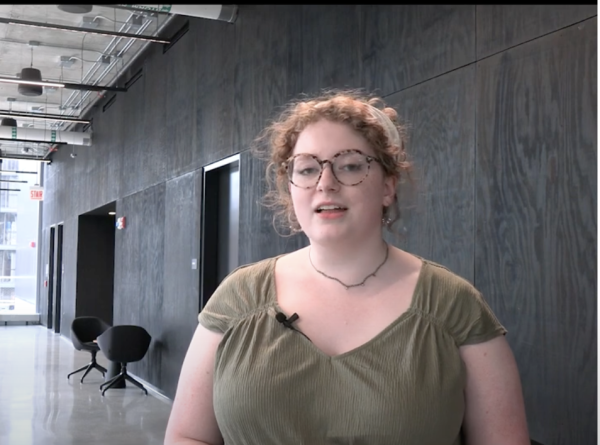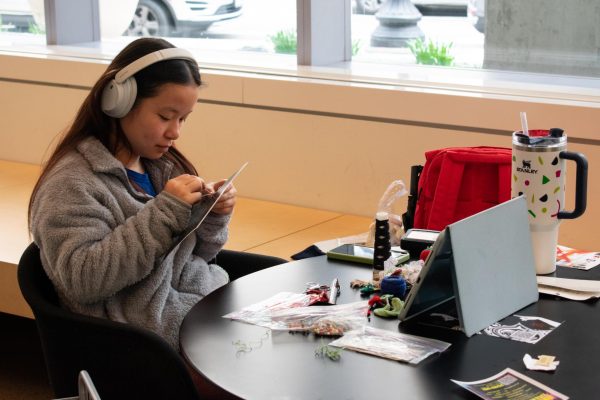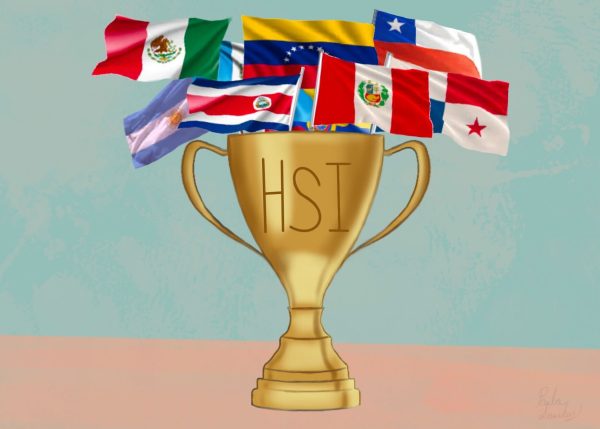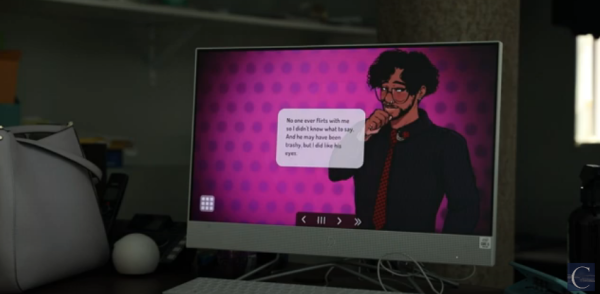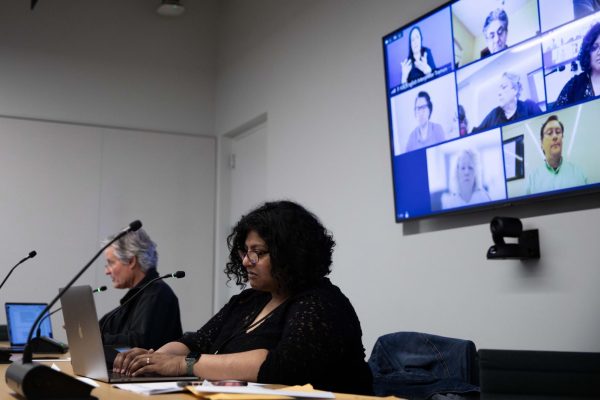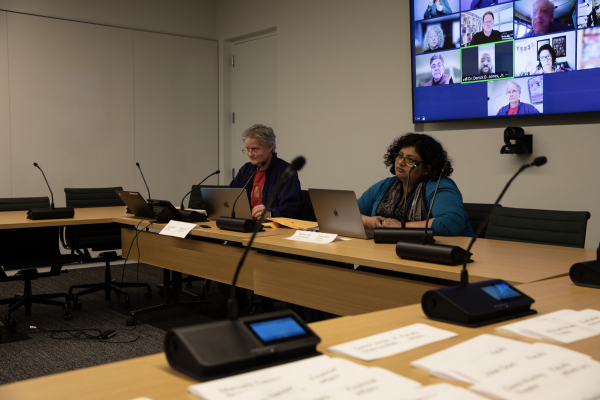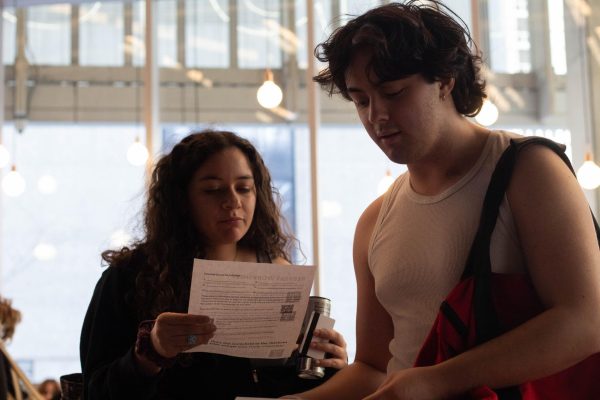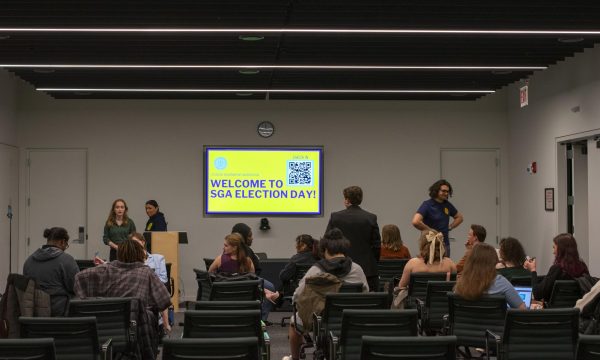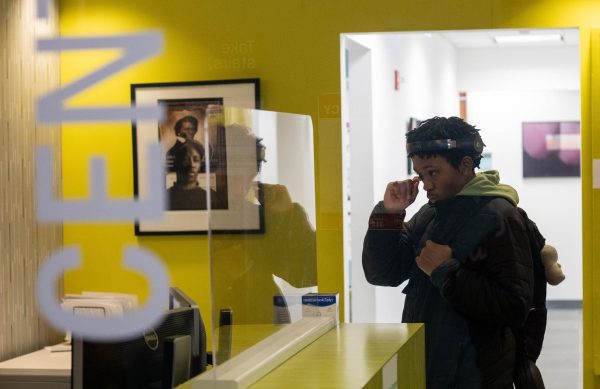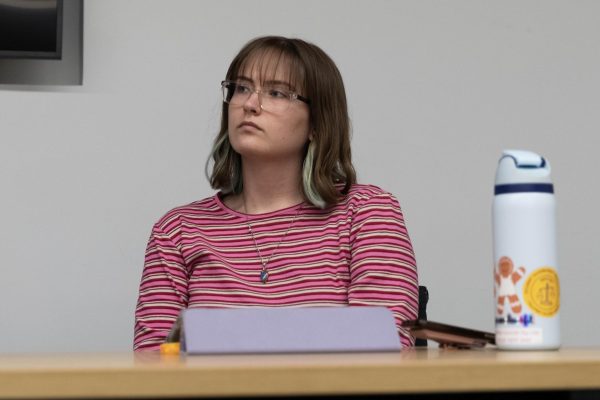Scholarship tracking in its infancy, officials claim
May 15, 2008
In his March 19 State of the College address, Columbia President Warrick L. Carter said Columbia had 750 scholarships available for students, a number that might appear high to anyone who has checked out the scholarship page on Columbia’s website.
The claim of 750 scholarships, however, is largely accurate, according to officials.
Mark Lloyd, vice president of Marketing and Communication, provided a rough estimation of where the 750 institutional scholarships, which include departmental scholarships, come from and how they are broken down.
According to Lloyd, scholarships with multiple awards include the Open Doors Scholarship for approximately 300 students, the Opportunity Scholarship for approximately 200 students, and the retention scholarship for approximately 200 students. Lloyd also pointed out the Presidential Scholarship and the Trustee Award are awarded to multiple students as well.
The Open Doors Scholarships are directed at students from Chicago Public Schools, and any CPS graduate can apply, Lloyd said.
The Opportunity Scholarships are not present on the college’s website, but they are available for some new students from suburban high schools.
“The Opportunity Scholarships are targeted toward specific school districts in the suburbs, and there are 200 scholarships in that pool,” Lloyd said. “They range up to a maximum of $6,000.”
In addition to the Open Doors Scholarship and the Opportunity Scholarship, Lloyd said there are about 200 retention scholarships available to current students.
“These are designed for students who are already enrolled in the college who, as primarily juniors or seniors, need additional assistance in order to maintain their enrollment status at the college,” Lloyd said.
Columbia provided $6 million in scholarship aid to students in 2007, according to a Student Financial Services brochure, and Columbia is intent on increasing that number, according to Institutional Advancement Vice President Eric Winston.
Winston said his office is making a concerted effort to increase the number of scholarships available to students through the college’s Capital Campaign.
The Capital Campaign, which began about a year and a half ago, has a goal to raise $20 million by 2010, $15 million of which will be for the new Media Production Center, and the remaining $5 million will be a combination of scholarships, programs and operating funds. Winston said donations for scholarships will be distributed as soon as they are available and students won’t have to wait until the end of the campaign.
Winston said they are also researching how much money the college has in what are called inactive scholarships. These are endowed scholarship funds that haven’t reached the prescribed $25,000 minimum in order to be awarded to students. An endowed scholarship fund needs to reach $25,000 before the college can invest the money. Once invested, the scholarship disbursement is based off the interest earned on the invested amount.
Donors are given a time frame to reach the minimum. If they don’t, the college can seek to pool the funds or dispense them outright, Winston said. But the college needs to contact the donors to give them a last chance to meet the minimum donation before a decision can be made about how the college will manage the money.
Winston couldn’t confirm how many inactive scholarships there are, but he said the office was researching the issue.
“There’s really no telling how many dollars are there because we’ve only really been addressing this thing since I’ve been here,” Winston said. “But we’re trying to get a handle on it.”
In order for students to receive any of the scholarships available, they need to plan ahead, Hilgart said. According to Hilgart, students need to start looking for scholarships at least a year in advance of when they’ll need the money.
Sophomore advertising student Caitlin Falster said she applied for scholarships when she was a freshman but didn’t receive any and has since been soured on the process.
Hilgart said receiving scholarships sometimes takes more effort than quickly filling out an application.
“I feel like there’s a fallacy out there where people keep saying there’s all these billions of dollars that go unclaimed every year, and I feel that it sets students up for thinking they can just go to Google and click on a link and get $10,000,” Hilgart said. “What students need to realize is that while there are scholarships out there, and while there are lots of dollars available to some students, they have to meet specific criteria. And they have to be willing to put in the time.”




